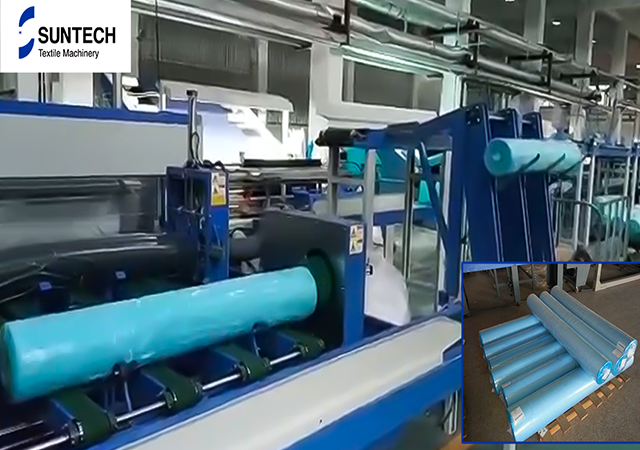The evolving dynamics of the freight market are reshaping how industries around the globe operate, and the textile industry is no exception. With the ongoing Red Sea crisi, Global air cargo markets experienced strong annual growth in May 2024, according to data released by the International Air Transport Association (IATA). Asia-Pacific airlines reported a 17.8% YoY growth in demand for air cargo.
Recently, the International Council on Clean Transportation (ICCT) advised China's railways to proactively plan and invest in shipping capacity and service upgrades. This shift in transportation strategy is poised to significantly impact the textile industry, bringing both challenges and opportunities.
Rising Global Air Cargo Demands
The surge in global air cargo demands can be attributed to several factors, including the expansion of e-commerce, the need for rapid delivery of goods, and disruptions in traditional shipping routes due to geopolitical tensions, such as the Red Sea crisis. While air cargo offers speed and efficiency, it comes with higher costs and a larger carbon footprint compared to other modes of transportation. This has led industries, including textiles, to seek more sustainable and cost-effective alternatives.
Railways: A Sustainable Alternative
China's extensive railway network presents a viable alternative for transporting goods, especially across the Eurasian continent. The ICCT's recommendation for proactive planning and investment in railway shipping capacity aligns with global efforts to reduce carbon emissions and promote sustainability. Rail transport offers a middle ground between the speed of air freight and the cost-effectiveness of sea freight, making it an attractive option for the textile industry.

Implications for the Textile Industry
- Cost Efficiency: The textile industry, characterized by its price-sensitive nature, stands to benefit from the cost savings associated with rail transport. Reduced shipping costs can lead to lower production costs, enabling manufacturers to offer more competitive prices to consumers.
- Environmental Impact: As consumers become increasingly conscious of the environmental impact of their purchases, the textile industry can leverage the sustainability of rail transport to enhance their green credentials. Lower carbon emissions from rail freight can contribute to a brand’s sustainability goals and appeal to eco-conscious consumers.
- Supply Chain Resilience: Diversifying transportation methods can enhance the resilience of the textile supply chain. By incorporating rail transport, textile companies can mitigate risks associated with disruptions in air and sea freight, ensuring a more reliable flow of goods.
- Market Reach: Railways offer extensive connectivity across regions, allowing textile companies to tap into new markets. This expanded reach can drive growth and open up opportunities for partnerships and collaborations in previously inaccessible areas.
Challenges to Consider
While the shift towards rail transport offers numerous benefits, it also presents challenges that the textile industry must navigate:
- Infrastructure Investment: Significant investment in rail infrastructure and logistics is required to meet the increasing demand for freight transport. This includes upgrading rail lines, expanding terminal facilities, and enhancing coordination between different modes of transportation.
- Transit Times: Although faster than sea freight, rail transport is slower than air cargo. Textile companies must balance the trade-off between cost and delivery speed, especially for time-sensitive shipments.
- Regulatory and Operational Hurdles: Navigating the regulatory landscape and operational complexities of cross-border rail transport can be challenging. Harmonizing standards and streamlining customs procedures are essential to ensure smooth and efficient rail freight operations.
Conclusion
The changing landscape of cargo transportation presents a pivotal moment for the textile industry. Embracing rail transport as a sustainable and cost-effective alternative can drive significant benefits, from cost savings to enhanced market reach. However, this transition requires careful planning, investment in infrastructure, and a strategic approach to balancing speed and cost. As the global freight market continues to evolve, the textile industry’s ability to adapt and innovate in its transportation methods will be crucial to its long-term success.
SUNTECH Textile Machinery is a leading expert in automation and intelligent manufacturing, providing advanced solutions for the global textile industry. With a mission to foster the development of the Chinese machinery industry, SUNTECH has established a vast network of agents in over 120 countries, including the United States, Canada, Italy, Germany, Russia, and many more.




